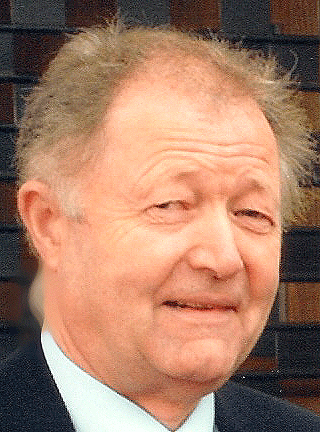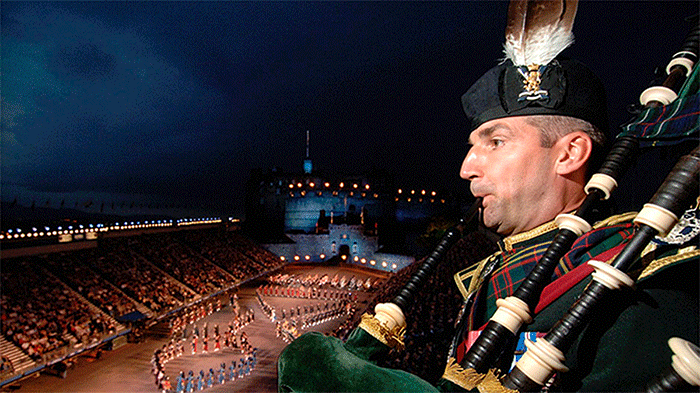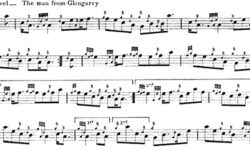
Having been a member of three East of Scotland pipe bands and involved with various others over more than 50 years I have built up some knowledge of many of them.
It would take a great deal of research to compile a detailed history, much of which might be difficult to find, so this article is more general.

By Alistair Aitken OBE
I apologise from the outset for anything, or any band or any situation of particular interest, I have missed.
Perhaps the article might, however, encourage others to contribute interesting historical accounts of individual bands, personal experiences or important developments I have not covered.
History has without doubt shown that pipe bands from the East of Scotland played a prominent role in our movement from at least the late 19th century. Since the early 1900s, however, there have been many developments which affected all bands.
In what follows, I have tried to summarise the more significant of these developments, some historical aspects of east of Scotland pipe bands, and also the current strength of the bands in that part of the country.
Significant Pipe Band Developments
The introduction of pipe band competitions in 1906 at Cowal, and in other localities often associated with highland games, helped bands gain in popularity and were also an effective means of raising the standard of performance before appreciative spectators.
Edinburgh City Police and Millhall Scouts (pictured top with the Argyll Shield, the supreme band award at Cowal) were both winners from the east in these early competitions.
The World Wars between 1914-1918 and 1940-1945 had a devastating effect on bands; vast numbers of pipers and drummers were lost during these conflicts.
The formation of the Scottish Pipe Band Association (SPBA) in 1930 introduced regulation and also eventually provided a mechanism for more teaching. This undoubtedly helped replace these massive losses.
The subsequent introduction by the SPBA of piping and drumming qualifications, and then the publication of structured learning manuals, encouraged even more teaching and more learning.

The first World Pipe Band Championships under the auspices of the SPBA were held at Murrayfield Stadium, Edinburgh, in 1947, the same year as the introduction of the Edinburgh Festival.
Three years later saw the first annual Military Tattoo at Edinburgh Castle, following a trial event the previous year in Princes Street Gardens. The Tattoo introduced the splendour of the Massed Pipes & Drums of the armed forces to the public. It became a worldwide attraction.
Many pipe band leaders and individuals who assisted in the development of the SPBA/RSPBA and its member bands since 1930 came from, or were based for a time, in the east.
Names which readily spring to mind of those no longer with us are Willie Sinclair, Hugh MacPherson, John Smith, Bob Black, Peter Brodie, George Purves, Bill Smith and Florence Allan in the SPBA/RSPBA.
To those we can add the likes of Donald Shaw Ramsay, George Pryde, Jimmy Catherwood, Bob Hardie, Robert Turner, Jackie Smith, Alex Kiddie, John Burgess, Iain McLeod, Bob Montgomery, Alex Duthart, Johnnie Barnes, Norrie and George Summors, Archie Pinkman, Jimmy Gray, Jimmy Marr, Jim and Davie Hutton, Bob Martin, Trevor Dear, Kit Reynolds, David Brown Snr., and Bob Shepherd and James King.
There will be others who played a significant role in bands in the east of Scotland. Please let me know those I have missed and if anyone has personal photographs they’d like to share please forward them to the editor at editor@pipingpress.com.
- To be continued.



















